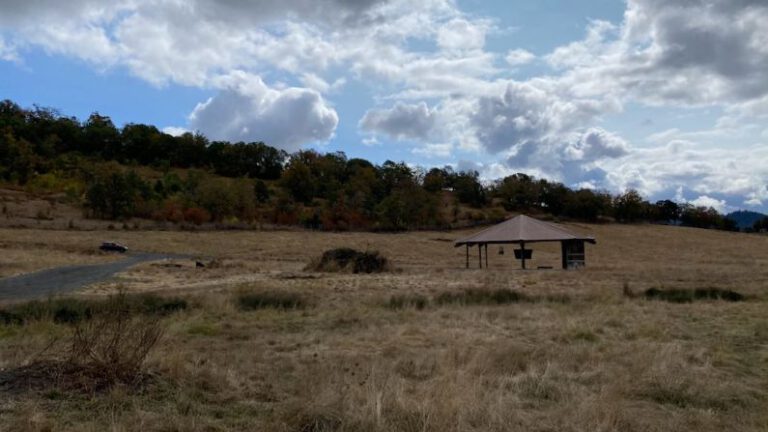How to Survive the World’s Harshest Deserts?
Deserts are renowned for their extreme conditions, with scorching heat, limited water sources, and vast stretches of arid land. Survival in the world’s harshest deserts requires preparation, knowledge, and the ability to adapt to the challenging environment. Whether you find yourself stranded in the Sahara, the Arabian Desert, or the Australian Outback, knowing how to navigate these unforgiving landscapes can mean the difference between life and death.
Understanding Desert Environments
The first step in surviving the world’s harshest deserts is to understand the unique characteristics of these environments. Deserts are defined by their arid climate, with minimal rainfall and high temperatures during the day. The lack of vegetation and water sources makes survival challenging, requiring individuals to rely on their resourcefulness and knowledge of the desert terrain.
Navigating the Terrain
One of the key aspects of surviving in a desert is knowing how to navigate the terrain effectively. Without landmarks or clear pathways, it is easy to become disoriented and lost in the vast expanse of sand dunes and rocky terrain. To prevent this, it is essential to familiarize yourself with basic navigation techniques, such as using the sun and stars as guides, and carrying a map or compass to help you stay on course.
Finding Water Sources
Water is the most critical resource for survival in the desert, as the human body cannot survive for long without it. In arid environments where water sources are scarce, knowing how to find and collect water is essential. Look for signs of water such as vegetation, animal tracks, or rock formations that may indicate the presence of underground springs or water sources. Additionally, you can collect dew or rainwater using improvised methods such as digging a hole and covering it with a plastic sheet to trap condensation.
Building Shelter
Extreme temperatures in the desert can fluctuate dramatically between day and night, making it essential to have shelter to protect yourself from the elements. Building a shelter using natural materials such as rocks, branches, or sand can provide shade during the scorching daytime heat and insulation against the cold desert nights. Additionally, wearing light-colored, loose-fitting clothing can help regulate your body temperature and prevent sunburn.
Surviving Extreme Heat
Deserts are known for their blistering temperatures, which can reach well over 100 degrees Fahrenheit during the day. To survive the extreme heat, it is crucial to stay hydrated, seek shade during the hottest hours of the day, and avoid physical exertion to prevent heat exhaustion or heatstroke. Covering exposed skin with lightweight clothing and wearing a wide-brimmed hat can also help protect you from the sun’s harmful rays.
Food Sources in the Desert
While water is the most critical resource for survival in the desert, finding food can also be a challenge. In the absence of traditional food sources, such as plants or animals, you may need to rely on insects, reptiles, or small mammals for sustenance. Learning how to identify edible plants and animals in the desert can help supplement your diet and provide essential nutrients for survival.
Adapting to Isolation
Surviving in the world’s harshest deserts often means being isolated from civilization for extended periods. The psychological challenges of isolation can be just as daunting as the physical hardships of the desert environment. To maintain your mental well-being, it is essential to stay positive, stay busy with tasks such as building shelter or collecting water, and stay connected to your will to survive.
Conclusion: Thriving in the Desert
Surviving the world’s harshest deserts requires a combination of preparation, knowledge, and resilience. By understanding the unique challenges of desert environments, mastering essential survival skills, and adapting to the harsh conditions, you can increase your chances of thriving in even the most unforgiving landscapes. Remember to stay calm, stay focused, and stay determined to overcome the challenges that the desert presents. With the right mindset and skills, you can not only survive but thrive in the world’s most hostile environments.






